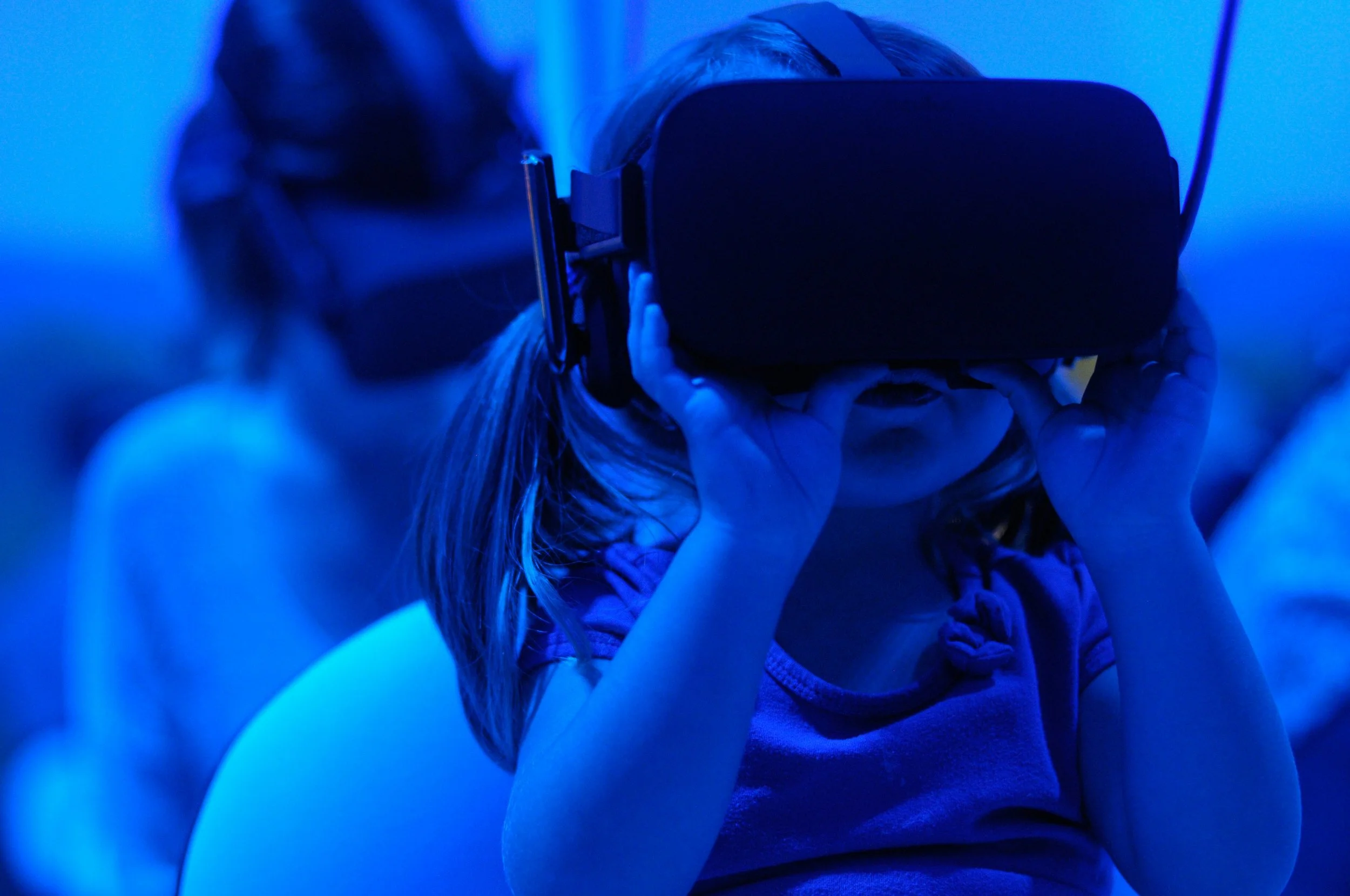Start With Story: Why Narrative Matters in Immersive Experiences
One of the most common mistakes we see in immersive experience design is this: all spectacle, no soul. The lights are dazzling, the environment is beautiful, the tech is impressive. But something’s missing.
That something is story.
At Immersive Ideas, we believe narrative is the beating heart of a powerful experience. Whether it’s a theatrical show, a brand activation, a festival space, or an interactive exhibition, people need to know:
Why am I here? What is this world? What am I supposed to do with it?
Without those answers, even the most stunning environments can fall flat.
The Role of Narrative in Immersive Design
In traditional theatre, the story is front and centre. In immersive work, the story often surrounds you instead. But that doesn’t mean it should disappear. In fact, it becomes even more important, because the audience is no longer just watching, they’re in it.
A strong narrative:
Grounds people in the world you’ve created
Helps them understand their role or perspective
Guides behaviour and encourages meaningful interaction
Creates emotional connection and long-term impact
And here’s the key part: even if your audience never fully sees or understands the story, you and your creative team still need to know it inside out.
The internal logic of the world, the backstory, the rules, all of it matters. It acts as an invisible backbone. When everyone designing, performing, or producing knows why things are the way they are, the experience becomes richer, more coherent, more alive.
Audiences might not be able to articulate the story, but they’ll feel it. They’ll sense that this world makes sense. They’ll trust it. They’ll lean in.
This Applies to Brands Too
In experiential marketing, the term immersive gets used a lot. But too often, what’s actually being built is just a visually impressive space or activation, cool, yes, but sometimes a lil shallow. A brand might commission an activation with high production values and creative flair, super photogenic, but if there’s no narrative underpinning it, audiences walk away remembering the look, not the feeling.
Immersion isn’t just about aesthetics, it’s about emotional logic. If a guest walks into your space and doesn’t understand why they’re there, or what they’re part of, the moment doesn’t land. It becomes a photo op instead of an experience.
Narrative in this context doesn’t mean writing a script. It means understanding the purpose, perspective, and emotional arc of the guest. It means layering in meaning and intention. A well-designed brand experience should tell a story through its structure, its pacing, its language, its atmosphere. It should feel like stepping into a world that has depth, even if that depth is only hinted at.
What Happens When Story Is Missing
When narrative is an afterthought, audiences feel unanchored. They start asking questions that pull them out of the moment.
Am I allowed to touch this? Should I be doing something? Is this just for looking? Who am I meant to be?
This creates hesitation, not curiosity. Confusion, not wonder. It turns a space that should feel magical into one that feels awkward or unfinished.
We’ve worked on experiences that were visually stunning but emotionally hollow… until we added just a few layers of story. Suddenly, everything clicked. Audiences relaxed, interacted, cared. Because they understood their purpose in the space.
Start With Story, Not Stuff
It’s tempting to lead with the big ideas, the set piece, the wow moment, the cool tech. But those should always serve the story, not the other way round. We always ask our clients the same three questions at the start of a project:
Why are people here?
What world are they in?
What do we want them to feel when they leave?
Those answers shape everything else. From the layout of the space to the way performers interact, from sound design to signage.
Whether you’re producing a theatre piece or a branded experience, story creates meaning and meaning is what makes people remember.
Final Thoughts
A well-crafted narrative doesn’t just support an immersive experience. It is the experience. It’s the glue that holds it all together. It turns audiences into participants, spaces into worlds, and moments into memories.
If you're building an experience and want to get the story right from the start, let's talk. We’ll help you craft a world that feels real, purposeful, and impossible to forget, whether you're making a new experience, launching a product, or creating a space your audience will genuinely connect with.


